The most expensive US presidential campaigns of the 21st century
Becoming president is no cheap business
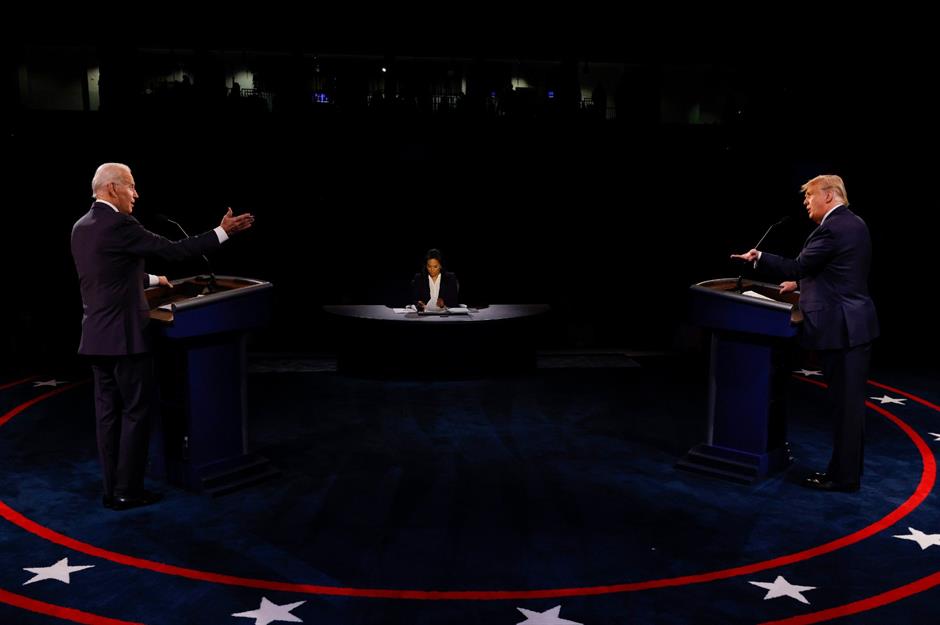
Over the years, US presidential nominees have spent serious cash on their campaigns to cover everything from advertising costs to the clean-up after rallies. Click or scroll through as we take a look at the candidates who have spent the most in their bid to become the next president of the United States, and reveal the candidate who spent a fortune on their campaign but didn’t even make it to the election itself.
John McCain (2008): $130.5 million (£99.6m)
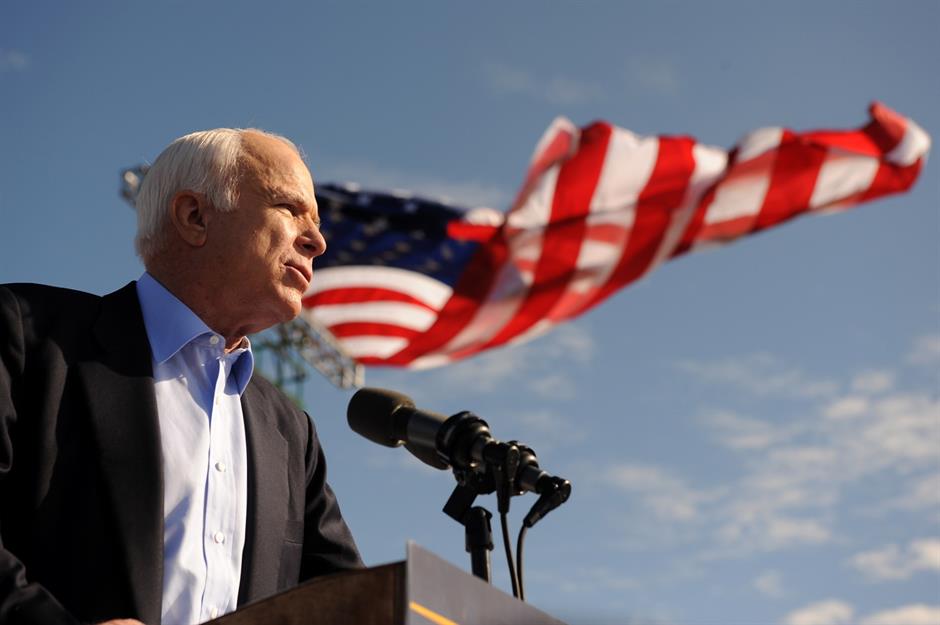
In mid-2007 Republican candidate John McCain had been struggling to raise funds and was having to make cuts to his staff and reduce the pay of his senior aides. Although he eventually had a solid $130.5 million (£99.6m) behind his candidacy, McCain was blown out of the water financially by his rival Barack Obama.
John McCain (2008): $130.5 million (£99.6m)

Analysts have suggested many different reasons for McCain losing the 2008 election by such a sizeable margin, including his appointment of Sarah Palin as his running mate and not putting enough distance between himself and former president George W. Bush. The financial crisis proved to be the real turning point for undecided voters and Obama had a landslide victory. Even from a financial point of view experts saw the result coming, with Obama having spent almost six times more money on his campaign than McCain.
Bernie Sanders (2020): $203.8 million (£154m)

Current Democrat candidate Joe Biden’s last rival standing was Bernie Sanders, who outlasted the rest of the nominees before dropping out at the beginning of April. It wasn’t before he had spent a fair amount on his campaign though, $203.8 million (£154m) to be exact, while a further $7 million (£5.3m) was raised by outside groups.
Bernie Sanders (2020): $203.8 million (£154m)
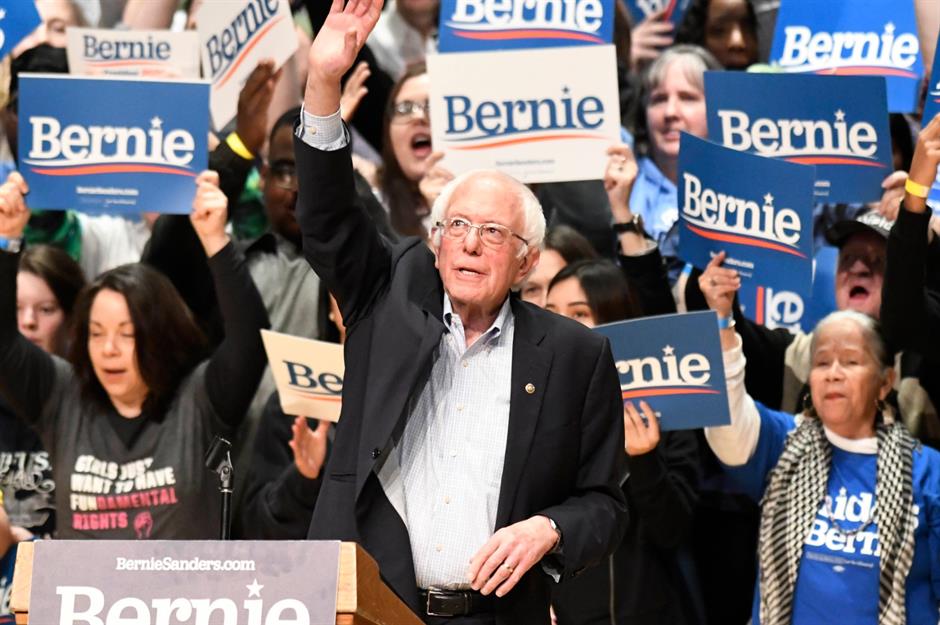
After exiting the race, Sanders was left with $16.2 million (£12.4m) in campaign money. Candidates aren’t allowed to keep the cash, but they do have the option to refund donors or give it to other campaigns. Team Sanders also raised more than $2 million (£1.5m) for a number of good causes, including children’s charities and coronavirus funds.
John Kerry (2004): $309.7 million (£236m)
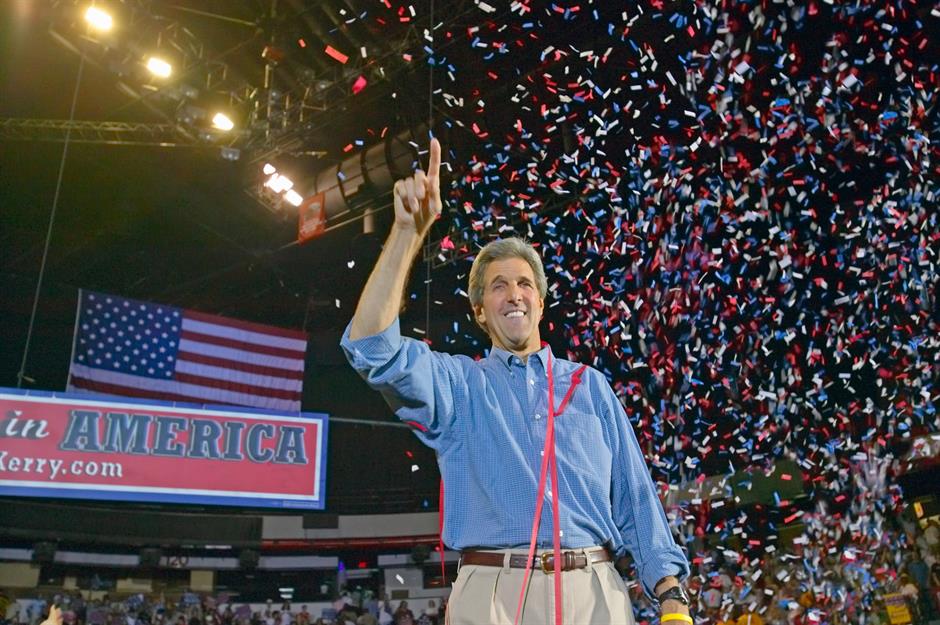
John Kerry (2004): $309.7 million (£236m)
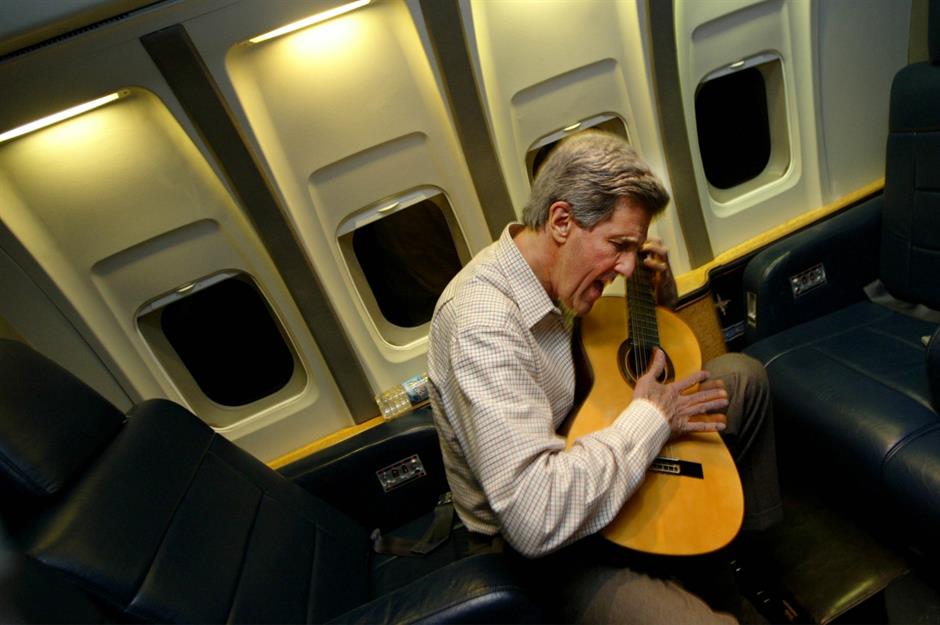
The presidential race of 2004 was considered the first to really employ the internet as a means of campaigning, and the number of Americans using the web to learn about the election had risen from 34 million to 63 million since 2000. At the time it was also the priciest election that America had ever seen, with Kerry and Bush spending around $655 million (£500.5m) between them according to non-partisan research group the Center for Responsive Politics. However, Kerry's spending didn't help him to win the presidency in the end.
Donald Trump (2016): $322 million (£246m)
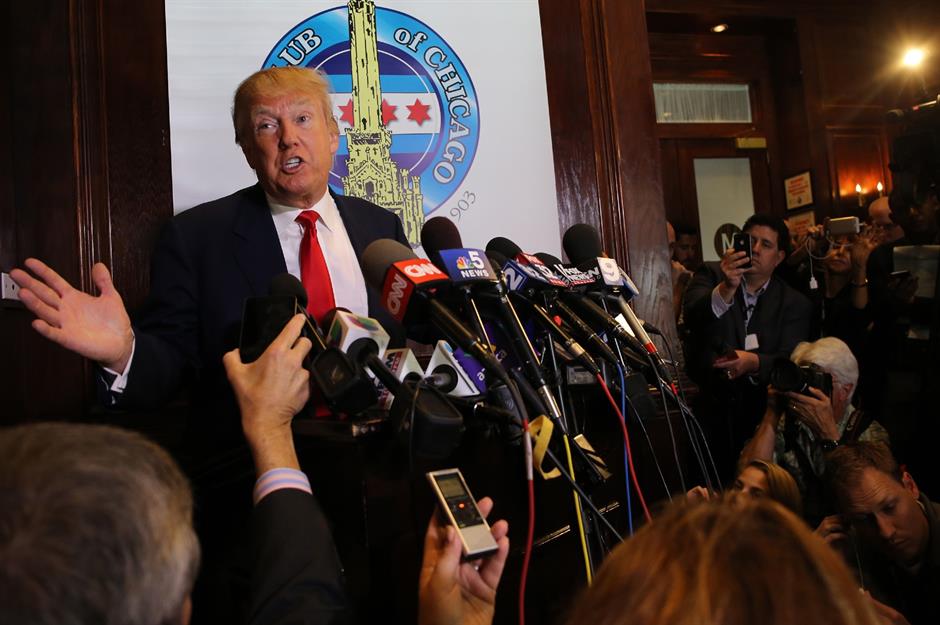
Wind back four years to Donald Trump’s first run for president, and poll-watchers were shocked with the results because, on paper, Hillary Clinton had the upper hand. Trump spent $322 million (£246m) on his campaign, but that was little over half the amount spent by his rival. Almost $12 million (£9.2m) of that sum went back into Trump’s own companies, covering costs such as hotel stays and staff services, with a whopping $8.7 million (£6.6m) of that amount paying for Trump’s preferred means of transport, his private aircraft.
Donald Trump (2016): $322 million (£246m)
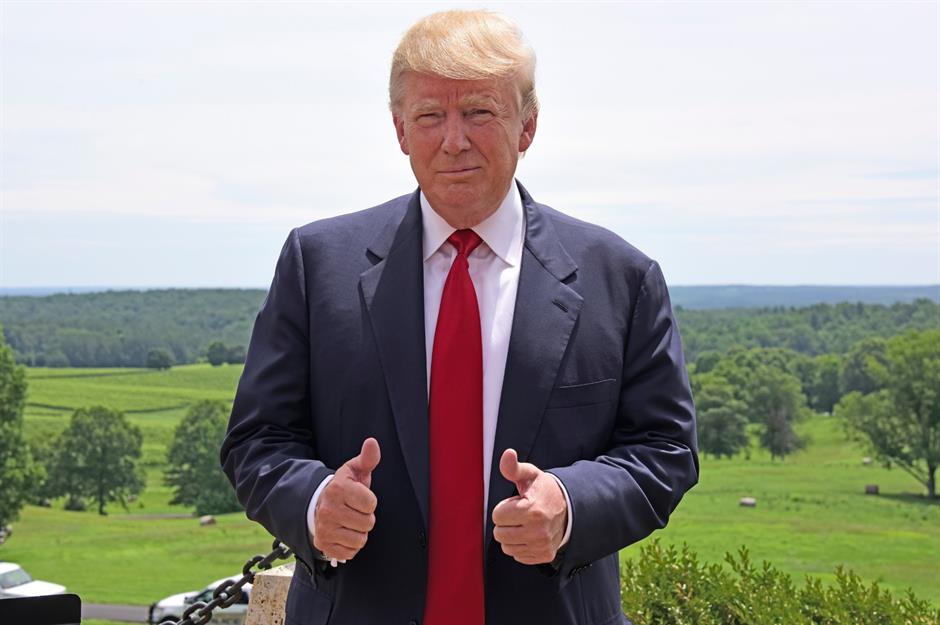
Donald Trump’s social media presence has grown considerably in the last four years, but back in September 2016 he still had an impressive 11.9 million followers on Twitter. His clever use of the free platform will have kept advertising costs down and allowed him to engage with people not always reached by traditional campaigning methods. The power of free media like Twitter shouldn’t be underestimated – mediaQuant, Inc estimated that the exposure it gave Trump had a staggering value of $5.9 billion (£4.5bn).
George W. Bush (2004): $345.3 million (£263m)
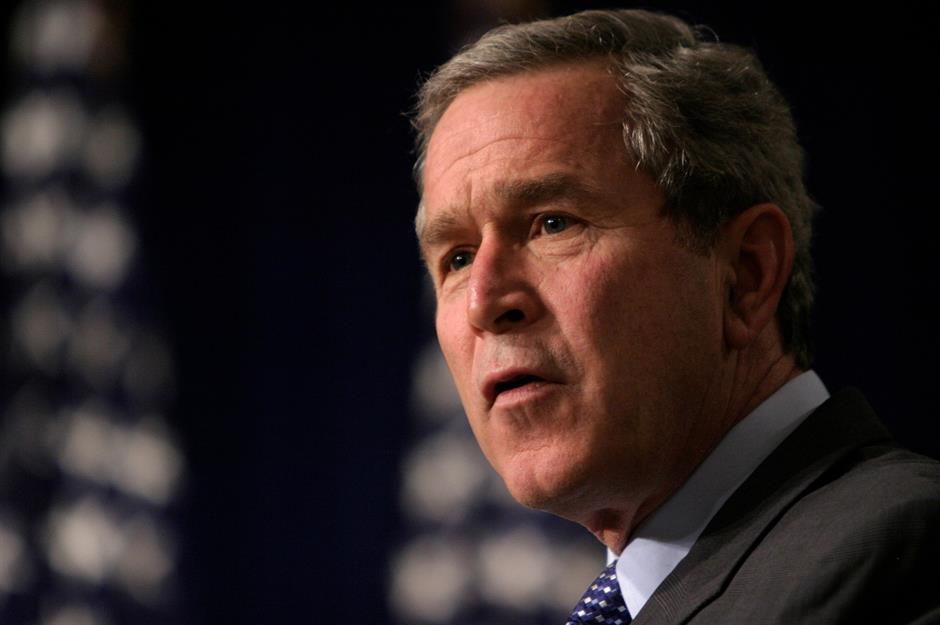
Next up is George W. Bush’s second successful presidential campaign, which came at a cost of $345.3 million (£263m). In May 2004, it was reported that the funds raised to win over voters came from millions of donors across the States, who each made an average contribution of $153 (£117). Bush raised a record-breaking $259 million (£198m) for his campaign just during the primaries and before the election proper.
George W. Bush (2004): $345.3 million (£263m)
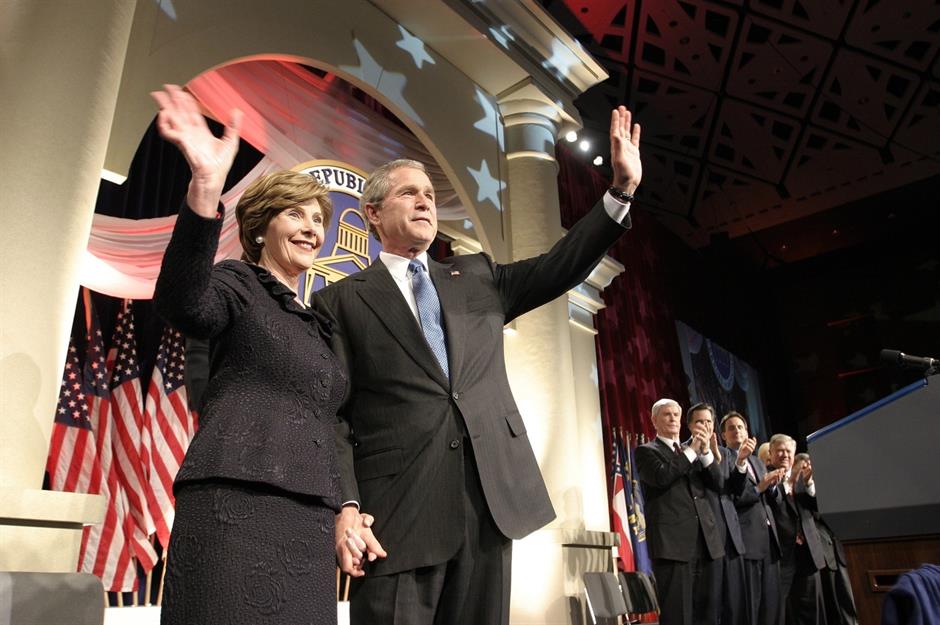
Unlike his first victory, Bush won both the popular vote and the electoral college, showing that his expensive campaign was a lot more successful than that of his rival, John Kerry. That said, not everybody was rooting for Bush. There was a group of billionaires and liberal leaders who looked to use their fortunes to prevent the incumbent president from achieving re-election, including Hungarian-born investor and philanthropist George Soros. Despite the group's efforts, Bush went on to serve a second term as president.
Mitt Romney (2012): $460 million (£351m)
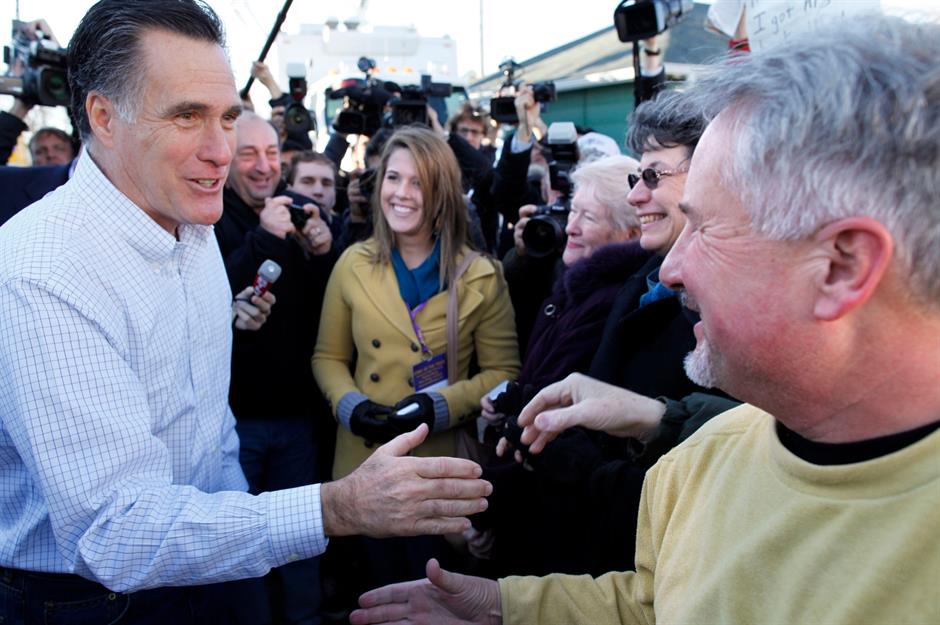
In total, Mitt Romney spent $460 million (£351m) on his 2012 presidential campaign but not a penny of it was his own money. The Republican’s biggest backer was the billionaire king of casinos, Sheldon Adelson, who donated $34.2 million (£26.1m) to Romney’s campaign and organisations supporting the candidate. Adelson actually supported at least 34 different candidates and groups during the 2012 election season.
Mitt Romney (2012): $460 million (£351m)
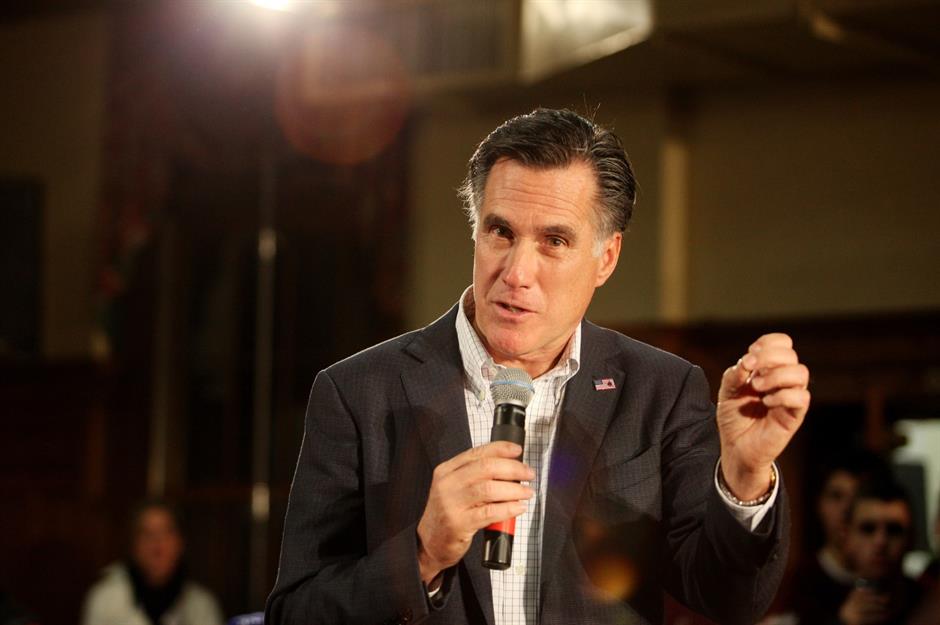
Hillary Clinton (2016): $565 million (£431m)
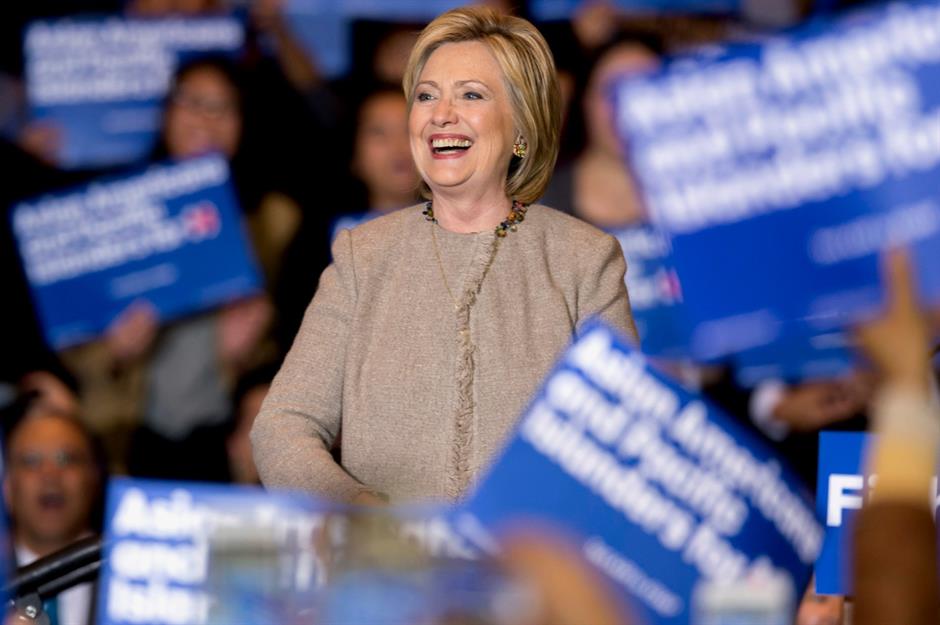
In 2016 former First Lady Hillary Clinton competed against Donald Trump in her second bid to become the first female leader of the United States. The cost of Clinton’s entire campaign added up to a colossal $565 million (£431m) – $22.8 million (£17.4m) of which was donated by her most generous backer, asset manager and philanthropist Donald Sussman. The final push before 8 November 2016 saw a $132 million (£100.7m) spending spree by Team Clinton, with $72 million (£54.9m) going towards last-minute TV ads, and $16 million (£12.2m) being spent on digital adverts.
Hillary Clinton (2016): $565 million (£431m)
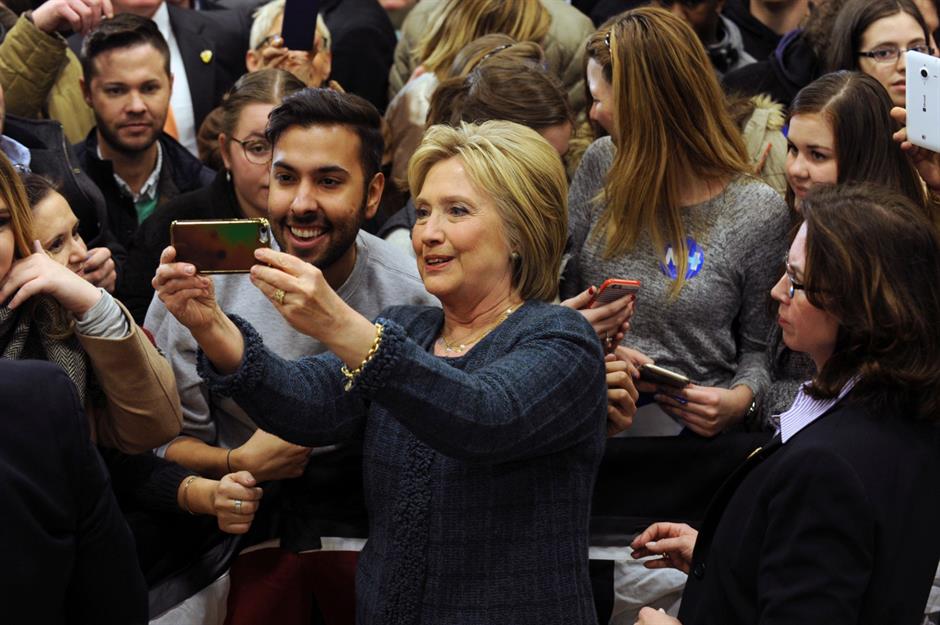
Although Clinton wasn’t elected as president, you could argue her spending paid off – she actually received almost three million more votes than Trump, and it was only thanks to the country’s electoral college system that Trump pipped her at the post. And so, despite outspending Trump by $243 million (£185m) and winning the popular vote, it wasn’t quite enough to enable Clinton to follow in her husband’s footsteps.
Donald Trump (2020): $575 million so far (£444m)
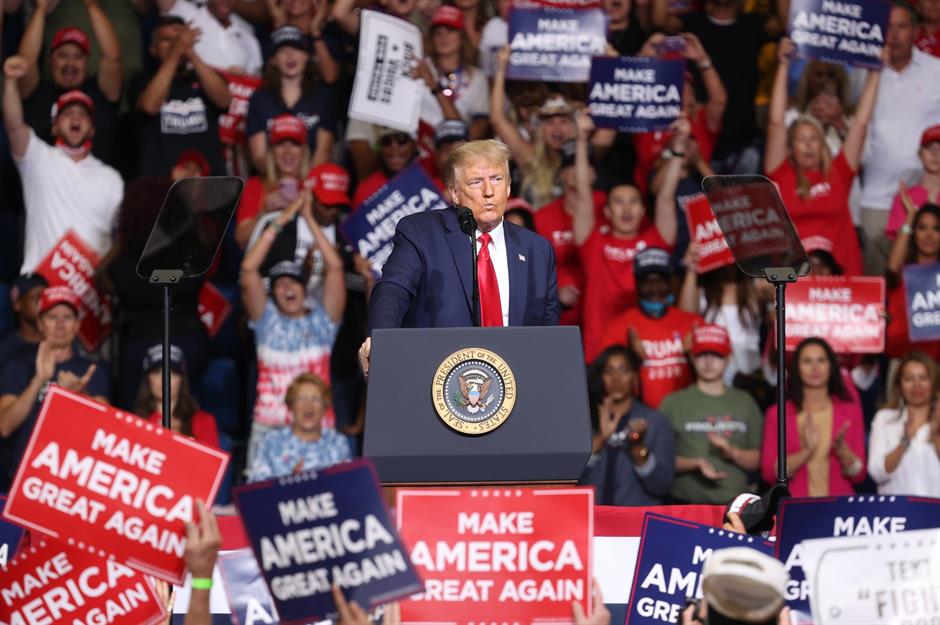
As of 14 October this year, Donald Trump’s re-election efforts have cost the incumbent president’s official campaign $575 million (£444m), according to the Center for Responsive Politics. Factoring in outside contributions, such as from political action campaigns including America First Action and Preserve America, brings spending to $3.8 billion (£2.9bn). Trump started raising – and spending – money as early as 2017 for his 2020 re-election campaign, including a $10 million (£7.7m) Super Bowl ad at the beginning of the year, before he even knew who his opponent would be. There was speculation that his funds were starting to dwindle in the final stretch before election day and, by the end of September, Trump’s campaign reportedly had $63.1 million (£48.7m) remaining, compared to Joe Biden's $180.6 million (£140m). The president has also tightened the purse strings on his campaign trail, including cancelling $922,000 (£711k)-worth of TV ads planned for New Hampshire and cutting spending in Nevada and Iowa.
Donald Trump (2020): $575 million so far (£444m)
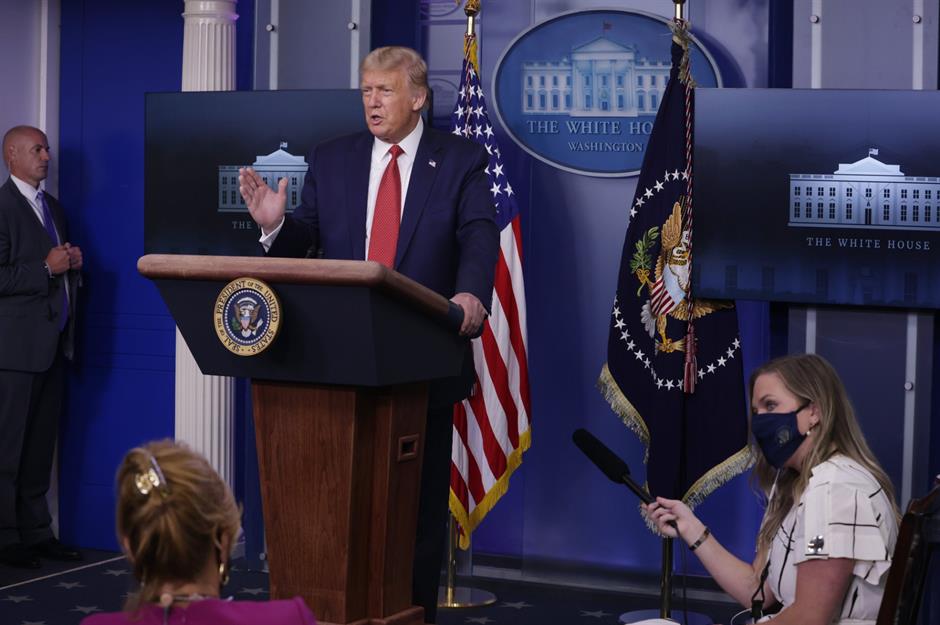
Between July and the end of September, the official Republican campaign committee spent $63 million (£49m) but, combined with other Trump-supporting committees, total spending actually reached $442 million (£341m) during that period, of which $176 million (£136m) went on digital advertising. Rallies took another big chunk out of the budget, with an astonishing $2.2 million (£1.7m) going towards a controversial rally in Tulsa in June, which went ahead despite staff who were present having tested positive for coronavirus. Once again, Donald Trump is also profiting financially from his own campaign – as of July, around $2.2 million (£1.7m) had reportedly ended up back in Trump’s pocket as his businesses have provided services throughout, such as overnight stays and catering.
Barack Obama (2008): $746 million (£569m)
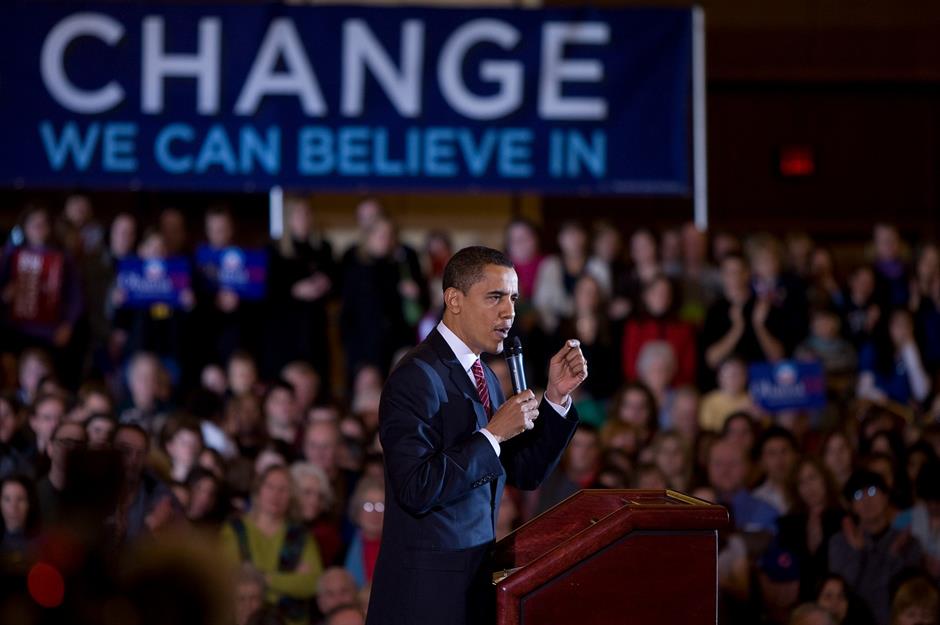
Barack Obama’s first presidency campaign in 2008 was unique and historic in so many ways, including from a financial standpoint. The Democrat candidate was the first major party nominee to refuse public funding, and his $746 million (£569m) campaign was built entirely on privately-donated money. Obama’s impressive fundraising efforts were thanks to nearly three million donors; most of whom didn’t give more than $250 (£191) to the campaign.
Barack Obama (2008): $746 million (£569m)

Barack Obama (2012): $775 million (£591m)
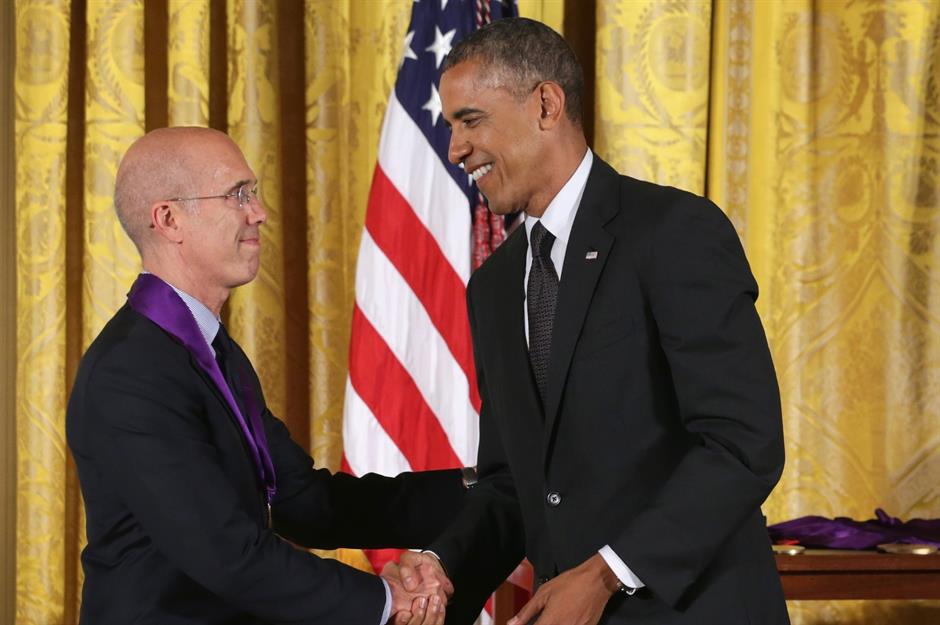
Barack Obama (2012): $775 million (£591m)
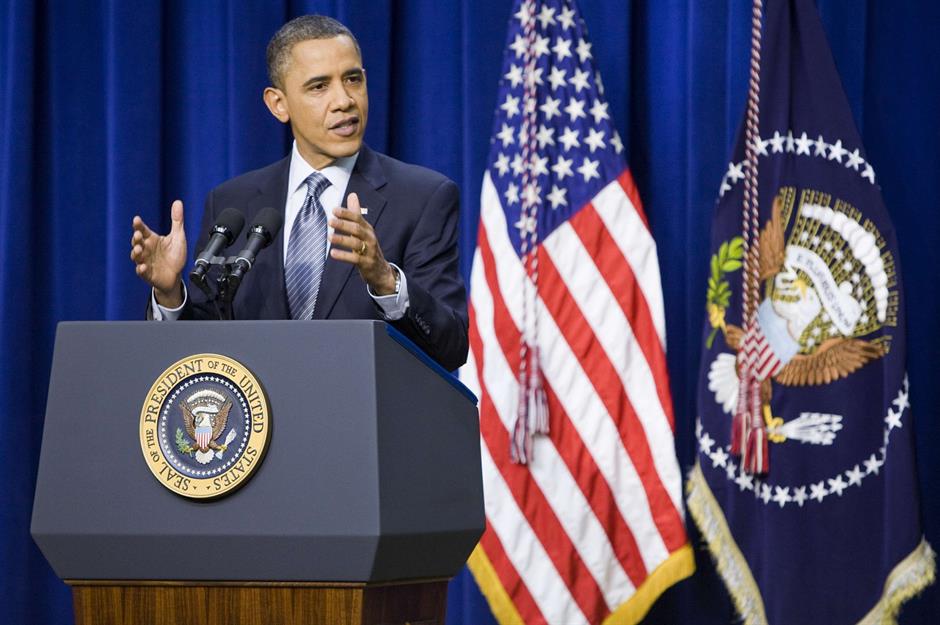
Joe Biden (2020): $776 million so far (£599m)
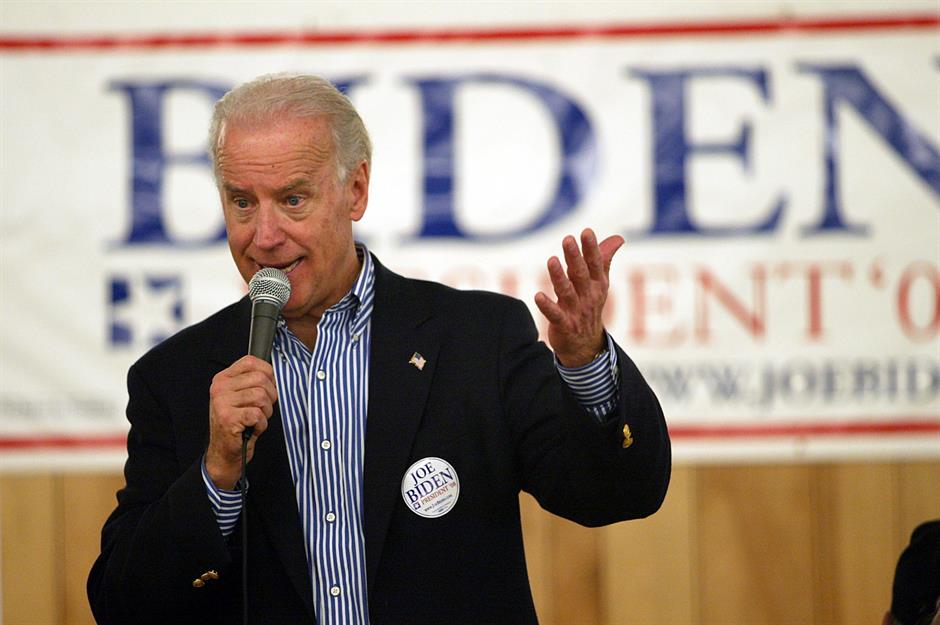
As of 14 October, 2020 Democrat candidate Joe Biden had racked up a bill of $776 million (£599m). The former vice president is set to spend more than any candidate in US history as cash has continued to pour in over the last couple of weeks, and experts believe that he will be the first to raise more than $1 billion (£772m), not including money outside his official campaign team. If you include fundraising by outside groups in support of Biden's candidacy, spending reaches an incredible $6.9 billion (£5.3bn), or $5.5 billion (£4.2bn) if you exclude Michael Bloomberg and Tom Steyer’s spending in their own attempts to become the Democratic presidential candidate earlier this year.
Joe Biden (2020): $776 million so far (£599m)

Biden's donations stepped up in mid-July as Democrat supporters were each allowed to donate up to $730,600 (£558k) to the cause – before that the upper limit was $620,600 (£474k) per person. In August more than 54% of Biden’s official funds came from small individual donors, but by mid-October 61% of his money came from large contributions, including a total of $74 million (£57m) donated to various Biden-supporting committees by Wall Street executives. This is head and shoulders above the $18 million (£13.9m) Trump received from Wall Street to aid his re-election. The Biden campaign has injected enormous sums into advertising, including $54.1 million (£41.8m) just in the final eight days before election day. Battleground or swing states are seeing most of the cash, with $15.1 million (£11.7m) spent on TV advertisements in Florida. This is the biggest financial advantage the Democrats have ever had in an election campaign, and they are currently outspending the Republicans in every state. While money plays a huge role in the US presidential elections, this by no means secures a victory for Joe Biden on 3 November…
Michael Bloomberg (2020): $900 million (£688m)

Michael Bloomberg (2020): $900 million (£688m)
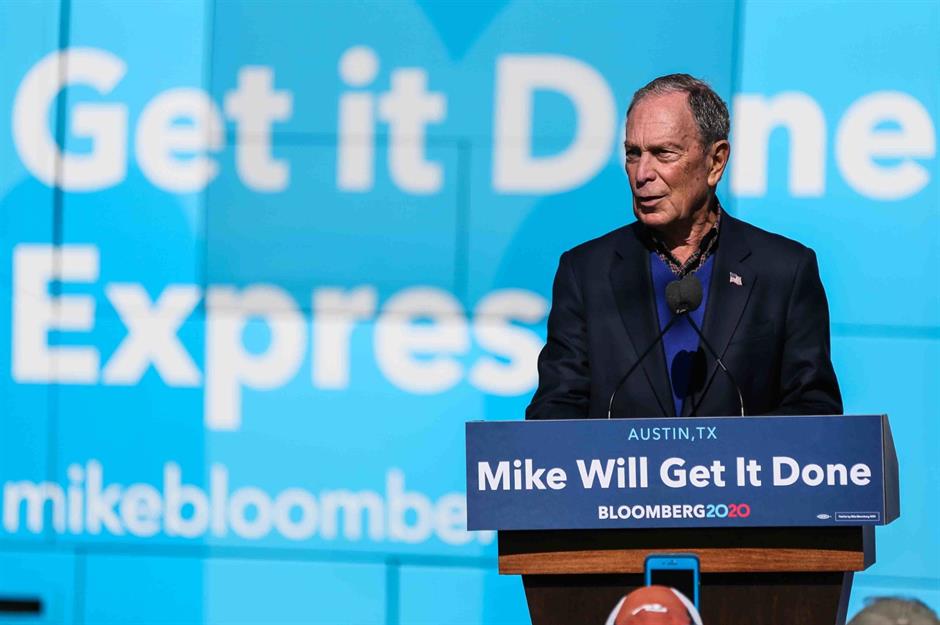
Americans needn’t feel bitter about how much the flopped campaign cost however, as Bloomberg funded the entire venture himself – a feat that wasn’t too much of a struggle given that he has a current net worth of $54.9 billion (£42.4bn). Despite the monumental costs, Bloomberg didn’t win the support of a single state before dropping out in March. He then changed tack to support Joe Biden instead, and has spent $100 million (£77m) on TV ads in Florida and $15 million (£11.6m) in Texas and Ohio as the Democrats desperately try to clinch those undecided votes. Bloomberg’s failed campaign goes to show that sometimes money isn’t everything in politics.
Now discover America's biggest landowners
Comments
Be the first to comment
Do you want to comment on this article? You need to be signed in for this feature
Most Popular
Features How Michael Jackson's children boost their bank balances